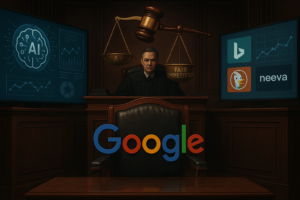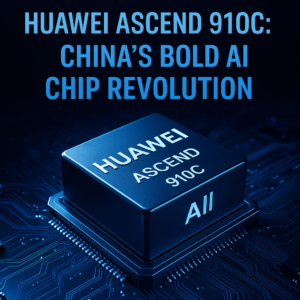THE IMPACT OF AI ON ELECTION CAMPAIGNS
In the age of digital campaigning, artificial intelligence (AI) is emerging as a powerful tool that political parties leverage to influence voter perception and behavior. AI technologies enable the rapid production of emotionally charged content that can manipulate public sentiment with incredible efficiency. As we delve into the implications of AI in election campaigns, we must consider both its potential benefits and the ethical concerns it raises.
THE RISE OF AI-GENERATED CONTENT
Political parties have increasingly turned to AI-generated content, often referred to as softfakes, to create narratives that resonate with voters. Unlike deepfakes, which are crafted to convincingly imitate real people through manipulated videos, softfakes are more straightforward, featuring computer-generated images and scenarios that aim to evoke strong emotional responses. This content is typically designed to appeal to voters’ fears or desires, creating an alternative reality that may not reflect factual information.
EXAMPLES OF AI-GENERATED NARRATIVES
For instance, during recent electoral cycles in Europe and the United States, we have witnessed the rise of AI-generated videos that depict exaggerated or fictional scenarios. These videos can show distorted realities—such as fear-inducing portrayals of societal collapse or utopian visions of a political party’s agenda. The goal is often to persuade undecided voters or reinforce the beliefs of partisan supporters. However, as these artificial narratives gain traction, they contribute to the erosion of trust in authentic information sources.
ETHICAL CONCERNS
The use of softfakes raises significant ethical concerns about the integrity of the democratic process. Research indicates that far-right parties, in particular, have been prolific in their use of AI-generated imagery to manipulate voter sentiment without disclosing the artificial nature of the content. For example, studies conducted during the French elections highlighted a troubling trend where numerous AI images circulated on social media without any labeling to indicate their origin. This lack of transparency poses a risk of misinformation and challenges the very foundation of informed electoral participation.
A GLOBAL ISSUE
The phenomenon of softfakes is not limited to any specific region; it has become a global issue. In the United States, high-profile political figures have shared AI-generated images that spread misleading narratives about opponents. Such incidents exemplify how easily AI can be weaponized in political discourse, leading to the creation of fictional narratives that can sway public opinion.
CALLS FOR REGULATION
The rapid proliferation of AI-generated content has sparked urgent discussions around regulation and ethical standards. Experts argue that self-regulation within the tech industry is insufficient to address the challenges posed by AI in politics. Philip Howard, co-founder of the International Panel on the Information Environment, emphasizes the need for more robust oversight, asserting that AI firms cannot be trusted to police themselves effectively. As the use of AI in election campaigns escalates, the call for regulatory frameworks to manage its deployment is becoming increasingly pressing.
THE CHALLENGE OF MISINFORMATION
Voter perception is also influenced by the sheer volume of AI-generated content. In an era where misinformation can spread like wildfire, many individuals may find it challenging to distinguish between genuine information and artificially constructed narratives. The concept of the uncanny valley, introduced by Japanese robotics engineer Masahiro Mori, posits that as AI-generated content becomes more realistic, it may become harder for individuals to discern its artificiality. This blurring of lines could lead to a disconcerting acceptance of fake content as truth, particularly if it aligns with pre-existing beliefs.
CONCLUSION
Ultimately, the intersection of AI and election campaigns presents a double-edged sword. While AI has the potential to enhance political engagement and streamline campaign strategies, it also poses significant risks to the integrity of democratic processes. As we move forward, it is crucial for policymakers, technologists, and the public to engage in meaningful dialogues about the ethical implications of AI in politics. Striking a balance between innovation and accountability will be essential in fostering a healthier information environment and safeguarding the democratic principles upon which societies are built.


